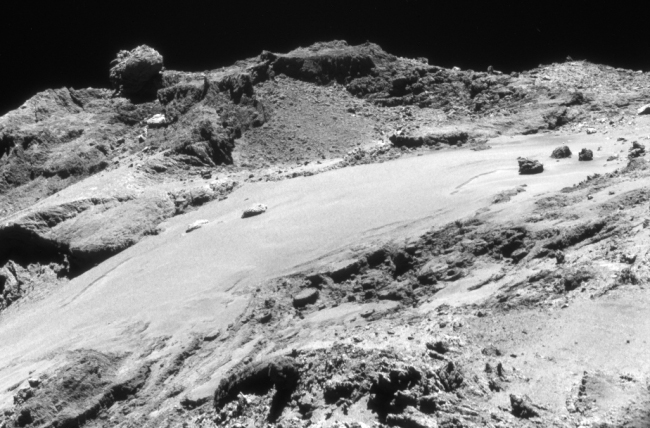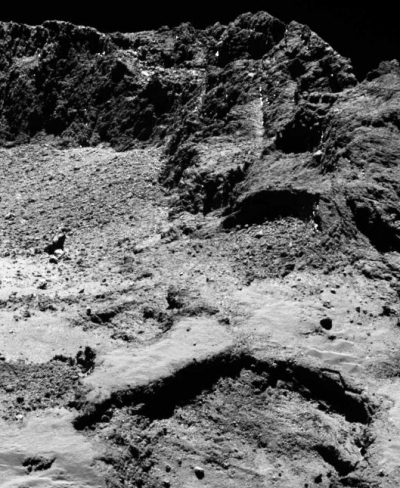Vostochny contractor ordered to pay loans
A Moscow court has ordered the main contractor building the Vostochny spaceport to pay back 3.5 billion rubles in debt to its bank.
VTB [the bank] has filed several lawsuits to recover debt from Dalspetsstroy [the contractor]. On February 24, the Moscow Commercial Court granted the bank’s lawsuit seeking 722 million rubles ($11 million) from the company. Another claim for 777 million rubles ($11.5 million) should be considered today.
It was the ex-CEO of this contractor, plus his two sons, who are charged with embezzling over a hundred million rubles from the project.
In related news, this Moscow Times article provides some nice details about Russia’s just approved ten-year plan for its space program. As reported earlier, Russia’s bad economic times has forced them to cut the program to the bone.
Somehow, why do I think that these two stories have so much to do with each other? Could it be that there is some inherent corruption within Russia’s giant government-run aerospace monopoly called Roscosmos that prevents that monopoly from innovating, competing, and doing things efficiently?
A Moscow court has ordered the main contractor building the Vostochny spaceport to pay back 3.5 billion rubles in debt to its bank.
VTB [the bank] has filed several lawsuits to recover debt from Dalspetsstroy [the contractor]. On February 24, the Moscow Commercial Court granted the bank’s lawsuit seeking 722 million rubles ($11 million) from the company. Another claim for 777 million rubles ($11.5 million) should be considered today.
It was the ex-CEO of this contractor, plus his two sons, who are charged with embezzling over a hundred million rubles from the project.
In related news, this Moscow Times article provides some nice details about Russia’s just approved ten-year plan for its space program. As reported earlier, Russia’s bad economic times has forced them to cut the program to the bone.
Somehow, why do I think that these two stories have so much to do with each other? Could it be that there is some inherent corruption within Russia’s giant government-run aerospace monopoly called Roscosmos that prevents that monopoly from innovating, competing, and doing things efficiently?


